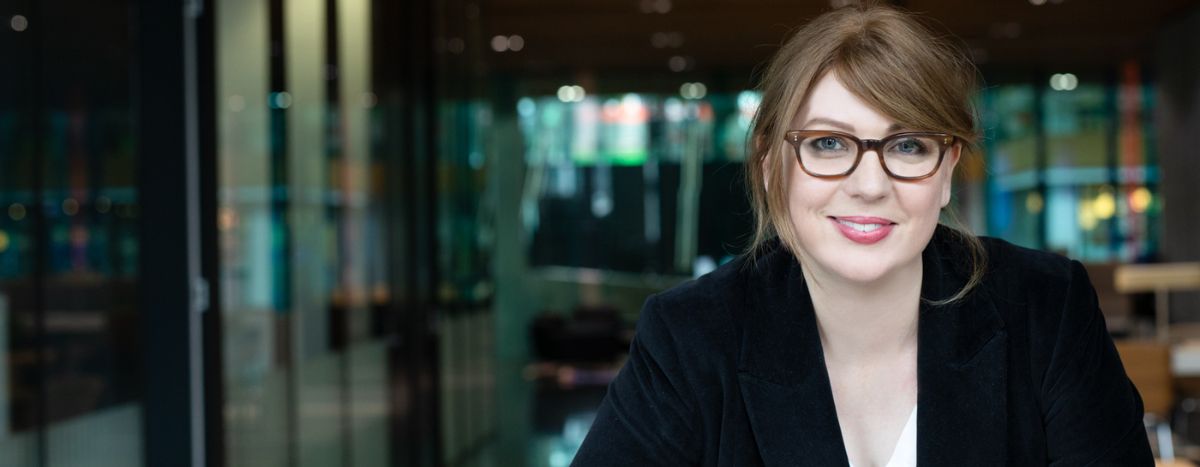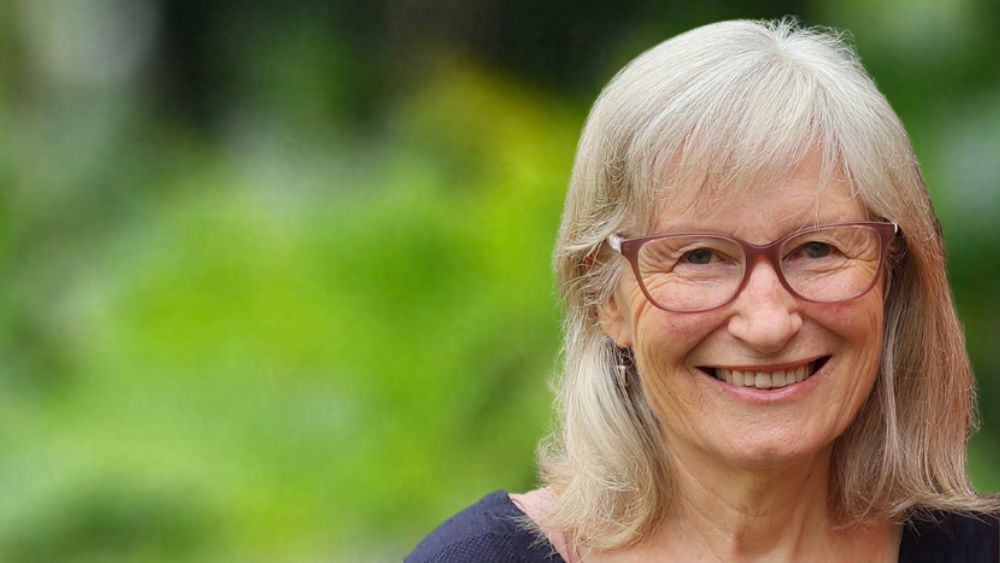With an impressive track record in solving complex customer problems through innovative technologies, Sarah is a leading voice in encouraging more women to explore careers in the STEM (science, technology, engineering and mathematics) fields.
On International Day of Women and Girls in Science we’re reminded of the critical role that women and girls play in the STEM industry, and the need to continue attracting and retaining more women in the field. Despite the undeniable importance of STEM fields to global economies, a persistent gender gap exists worldwide1.
Although women now lead the way in obtaining high education, they remain under-represented in STEM disciplines. International Day of Women and Girls in Science emphasises that in order to tackle great global challenges – from improving healthcare to combating climate change – we must harness all available talent and promote diversity in research. This includes encouraging more women to work in industries like science and technology, as their unique perspectives, talent, and creativity can significantly contribute to sustainable development2.
Sarah Walker believes in the power of emerging technologies like artificial intelligence (AI) and private networks to drive productivity and efficiency, creating a more sustainable New Zealand.
Check out the below Q&A where we speak to Sarah about her journey in the technology industry, the role of AI in business, and how we can encourage more women to pursue careers in this field.
In the time you have worked in the technology industry, how have you seen it evolve in positive ways for women?
Over the years, I’ve seen significant positive changes within the technology industry for women.
A key one is improvements to parental leave policy. For me personally, I was able take paid parental leave for six months and return to work gradually, which had a hugely positive impact on my ability to balance my career with family life. At Spark and some other companies like AIA NZ, these policies are also not gender-specific, but parental-specific.
I’ve also seen more female leaders emerging in technology roles, which is encouraging. This visibility is important for setting a precedent and fostering a culture of respect.
What challenges have you had to overcome in your STEM career?
It’s funny because when I mull this question over, I realise that I don’t spend time thinking of myself as a ‘female’ leader. I’m just Sarah. So, for me, it’s not about my gender, it’s wrestling with my own self-doubt, which has been my biggest challenge.
I’ve taken several deliberate career pivots, each time pushing myself out of my comfort zone. Each time, I’ve had to face my own insecurities and fears. But this challenge has been a continual process of growth and learning to trust myself.
What advice do you have for aspiring female leaders in STEM?
My advice to any aspiring leader, female or otherwise, is to back yourself and continually seek to learn and grow. Don’t be afraid to reinvent yourself professionally and explore different areas of interest.
You must be your biggest cheerleader and push your own agenda. Finally, remember that learning is a lifelong process, especially in the ever-changing technology industry. To make it in this field, you've got to have a real hunger - for knowledge, for personal growth, and for staying on top of new tech and trends.
How can we encourage more young women to pursue careers in AI and technology?
Encouraging diversity of thought is key to innovation, and I believe this starts with encouraging more young women to explore their interests in technology. The hiring process should not be about finding people who mirror us physically, but rather individuals who bring diverse perspectives and are willing to challenge, debate, and discuss. This diversity extends beyond just physical attributes to encompass different thought patterns and viewpoints.
It's important to remember that it's never too late to join the sector and don’t be scared to make sideways career moves.
A great community worth exploring is GirlBoss, New Zealand’s leading network for young women, with the mission of closing the gender gap in science, technology, engineering, maths, leadership & entrepreneurship.
Tell us more about your thoughts on AI?
AI, or artificial intelligence, is a collection of advanced digital technologies that enable machines to perform tasks that would normally require human intelligence. It includes technologies that allow machines to learn, adapt, predict, plan and extract knowledge from vast amounts of data.
AI is behind many of the technological advances we see today. From computer vision to autonomous vehicles, AI is responsible for a wealth of innovation. While some of these applications are highly advanced and developed by only the world’s leading technology companies, others are becoming more commonplace and readily available as products from a variety of vendors.
AI has the potential to transform economies by lifting productivity and automating processes that used to require human intervention.
What are some of the risks associated with AI technology?
As AI continues to advance, there are understandably concerns about the ethics of AI development. AI can perform many tasks with high accuracy and efficiency, but it still lacks the ability to think creatively and generate original ideas that resonate with human emotions and experiences. It absolutely needs human oversight.
As AI becomes more commonplace in business, it’s crucial to take a responsible and ethical approach to the design and operation of AI technologies.
How is AI changing the world and delivering new opportunities?
AI has the potential to underpin significant global economic growth. It is projected to contribute to trillions of dollars of global economic growth by 2030 and could boost New Zealand’s GDP significantly by 2035.
But it’s not just about economics – AI is also making a tangible difference in many other sectors. For example, Qrious are using AI in NZ to help a not-for-profit organisation called MAUI63 protect marine life. They’ve worked with MAUI63 to develop an AI-powered tracking drone to autonomously find, follow, and uniquely identify Māui and Hector's dolphins to help protect them from extinction.






.jpg)